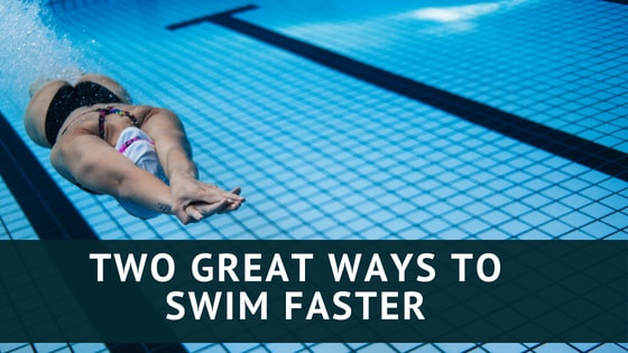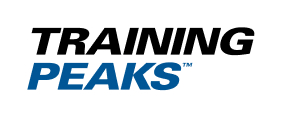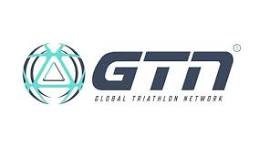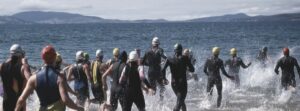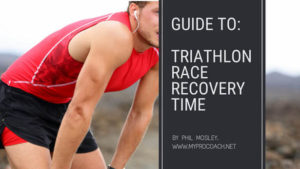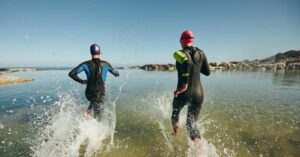Swimming fast is about more than just seeking the perfect swim stroke. Here’s how to break it down into two simple numbers…
You know how it is – swimming isn’t like cycling or running. You won’t get anywhere without a good technique and you’re wasting your time until you learn how to glide through the water effortlessly. It’s hardly worth doing loads of hard swimming until you sort out your technique, right?
Well, maybe not – there’s more to it than that. What if I told you that you could still swim fast, even without the perfect technique? Let me explain. If you were to watch 20 of the best triathletes in the world training in the same pool, you would witness 20 very different front crawl swimming styles. Some would be long and flexible, with barely a splash. Some would be short and punchy. Some would rotate onto their sides on each stroke, like a chicken on a spit-roast. Whereas some would swim as flat as a barge.
And yet they’d all be swimming fast times that the rest of us can only dream of. Their strokes are by no means perfect, but the common factor is that they all swim for around 90-minutes (sometimes more) per day, and have done for years.
Pro IRONMAN athlete James Cunnama once told me: “When I went to Brett Sutton for coaching, he said my stroke was ‘as pretty as a picture’. He also told me that I ‘swim about as fast as a picture too’. He said I needed to do more swim training to build my fitness. Some people in his squad don’t look like great swimmers, and yet they swim unbelievably fast.”
Cunnama’s experience suggests it’s not essential to have a beautiful stroke in order to swim well. For all its complexity, the art of swimming actually boils down to two simple numbers.
1. Stroke Rate – how many strokes you do per minute
2. Stroke Length – how far you travel for each stroke
Elite open-water swimmers have stroke rates of between 75 and 95 strokes per minute, whereas age-group triathlon swimmers have stroke rates nearer 50 to 60 strokes per minute. With those numbers in mind, it’s easy to see why elite swimmers swim faster than the rest of us. But the good news is that if you can improve your Stroke Rate (without shortening your Stroke Length) you will swim faster.
Your Stroke Rate is largely governed by your swim fitness – the fitter you are, the quicker and more powerfully you can move your arms through the water. Whereas your Stroke Length is largely governed by your technique – the better your technique, the more efficiently you can grab hold of the water and use it to lever yourself forwards. There is a cross over between the two as well because your stroke rate will increase as your technique improves, and your stroke length will increase as you become fitter and stronger.
